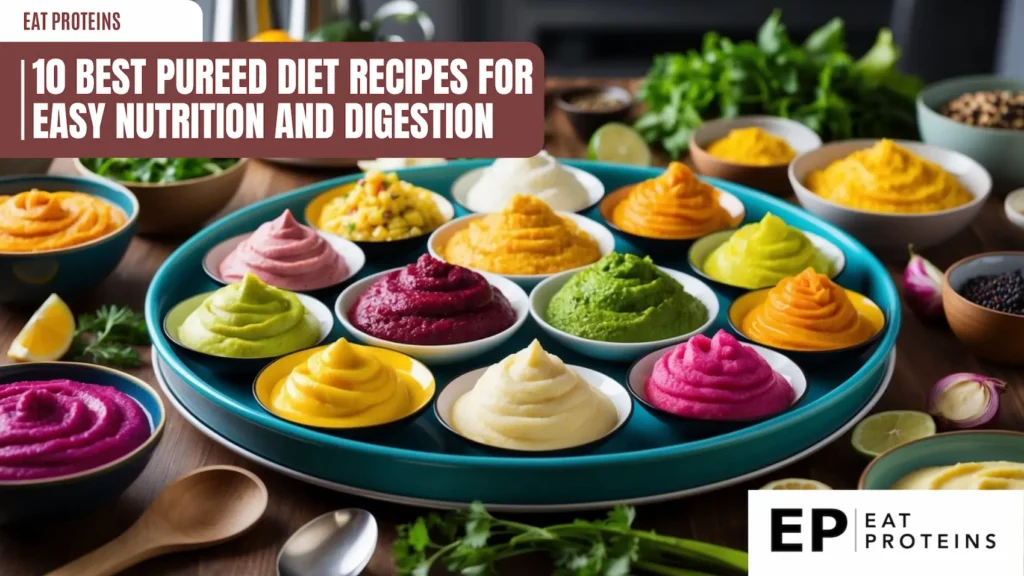
Pureed diets can be a big help for people who have trouble chewing or swallowing. I know that finding good recipes can make meals more enjoyable. That’s why I’ve put together a list of tasty pureed diet recipes.
These 10 recipes are packed with flavor and nutrients to keep you healthy and satisfied. I’ve made sure to include a mix of options for different meals and tastes. From breakfast to dinner, there’s something here for everyone. Let’s dive into these easy and yummy pureed meal ideas.
1. Carrot and Ginger Puree

Carrot and ginger puree is a tasty and nutritious dish that’s perfect for those on a pureed diet. It combines the sweetness of carrots with the warm, spicy kick of ginger.
This recipe is easy to make and requires only a few ingredients. I like to use fresh carrots and ginger root for the best flavor.
To start, I peel and chop 4-5 medium carrots and a 1-inch piece of ginger. I then boil them in water for about 15 minutes until they’re soft.
Next, I drain the vegetables and put them in a blender. I add a tablespoon of butter and a pinch of salt for extra flavor.
I blend everything until it’s smooth, usually for about 30 seconds. If it’s too thick, I add a bit of the cooking water to thin it out.
Puréed food can be made more appealing by adding spices like ginger. This carrot and ginger puree is not only tasty but also packed with vitamins and minerals.
2. Sweet Potato and Apple Puree
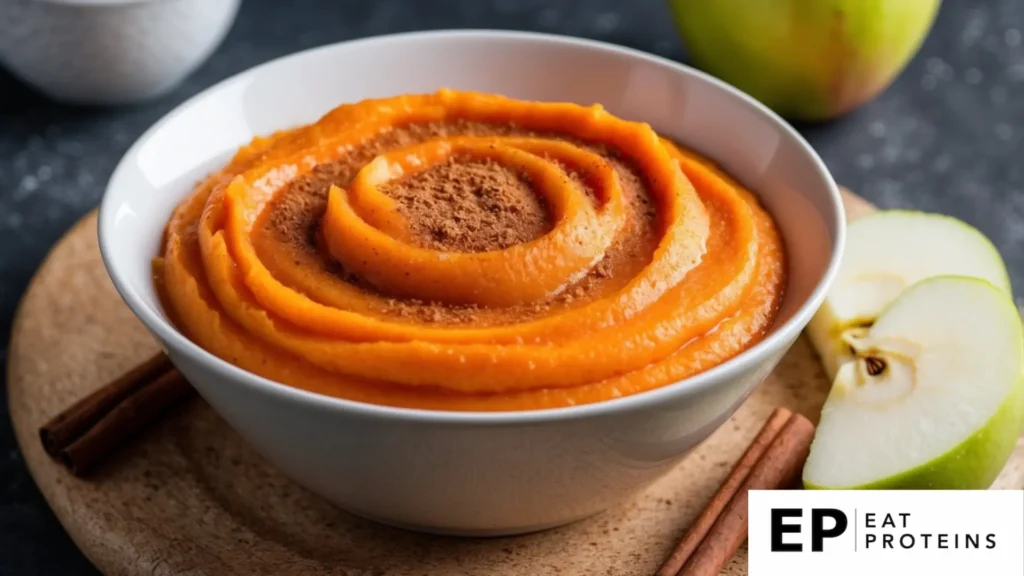
Sweet potato and apple puree is a tasty and nutritious blend perfect for a pureed diet. I find it’s a great option for those who need soft, easily digestible foods.
This puree is simple to make. I start by peeling and chopping 1 medium sweet potato and 1 apple. Then I cook them in a pot with a little water for about 15 minutes until soft.
Next, I drain the water and mash the cooked fruits with a fork or food processor. For a smoother texture, I sometimes add a tablespoon of butter or milk.
The natural sweetness of the sweet potato and apple means no extra sugar is needed. I often add a pinch of cinnamon for extra flavor.
This puree is versatile. I can serve it warm as a side dish or cold as a dessert. It’s also a good option for baby food.
3. Butternut Squash and Pear Puree
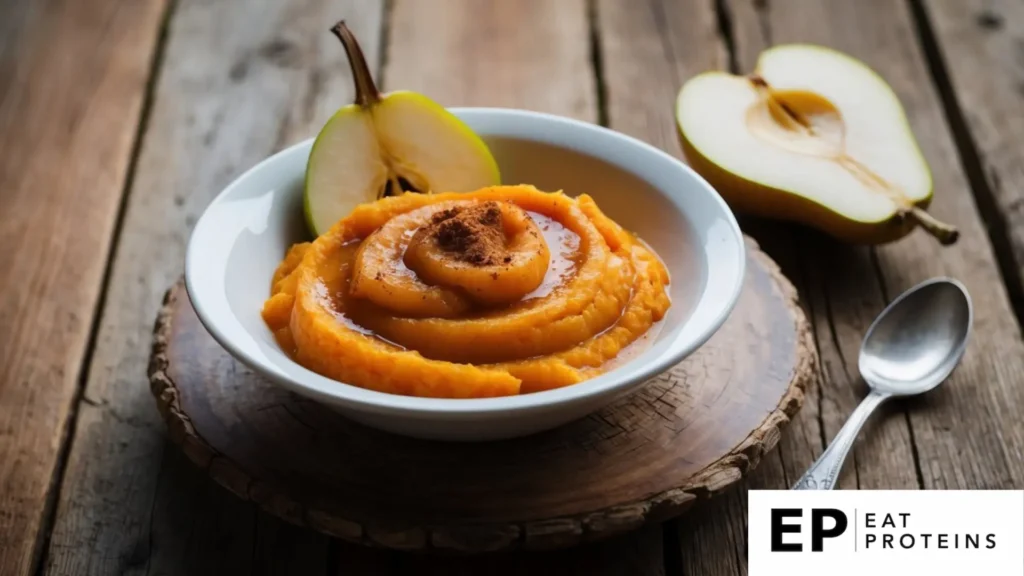
I’m excited to share this delicious and nutritious puree recipe. Butternut squash and pear puree is a smooth, creamy blend that’s perfect for those on a pureed diet.
This dish is easy to make and combines the sweetness of pears with the rich flavor of butternut squash. The ingredients are simple and wholesome.
To make it, I start by peeling and chopping 1 medium butternut squash and 2 ripe pears. I cook them in a pot with a little water for about 15 minutes until they’re soft.
Next, I drain the water and put the cooked squash and pears in a blender. I add a pinch of cinnamon and blend until smooth. If needed, I add a bit of water to get the right consistency.
The result is a smooth puree that’s both tasty and easy to eat. It’s packed with vitamins and fiber, making it a great choice for a pureed diet.
This puree can be served warm or chilled. I like to make a big batch and store portions in the fridge for quick meals throughout the week.
4. Broccoli and Cheddar Soup
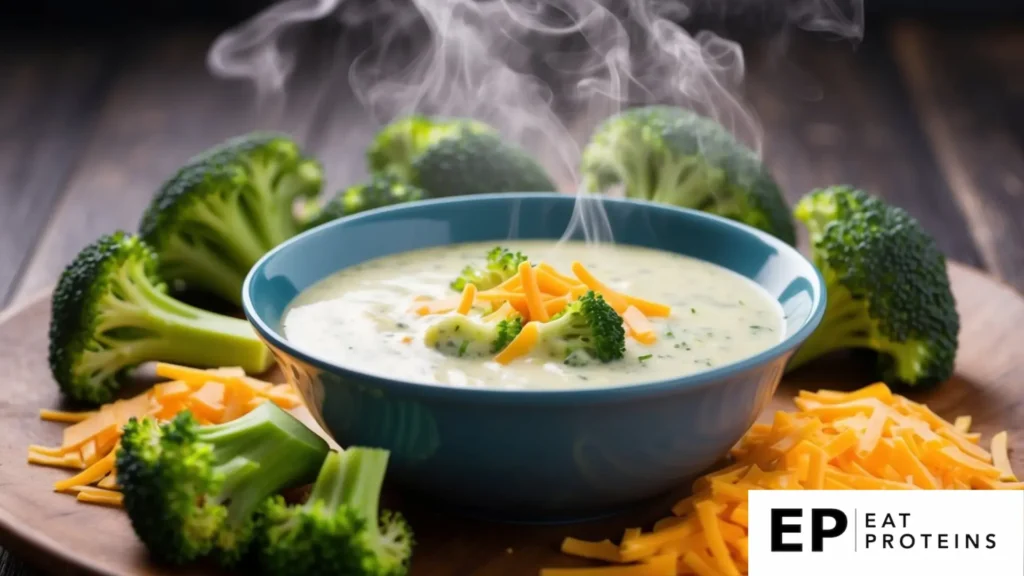
Broccoli and Cheddar Soup is a comforting, creamy dish that’s perfect for a pureed diet. It combines the nutritional benefits of broccoli with the rich flavor of cheddar cheese.
I find this soup easy to make, requiring only a few basic ingredients. To start, I chop 2 cups of broccoli florets and 1 small onion. Then I sauté the onion in butter for 5 minutes.
Next, I add the broccoli and 2 cups of chicken or vegetable broth. I let it simmer for 10 minutes until the broccoli is tender. After that, I blend the mixture until smooth.
To finish, I stir in 1 cup of shredded cheddar cheese and 1/2 cup of milk or cream. I heat the soup for another 5 minutes, stirring until the cheese melts completely.
This Broccoli and Cheddar Soup is not only tasty but also nutritious. Broccoli provides fiber and vitamins, while the cheese adds protein and calcium to the diet.
5. Beet and Berry Smoothie
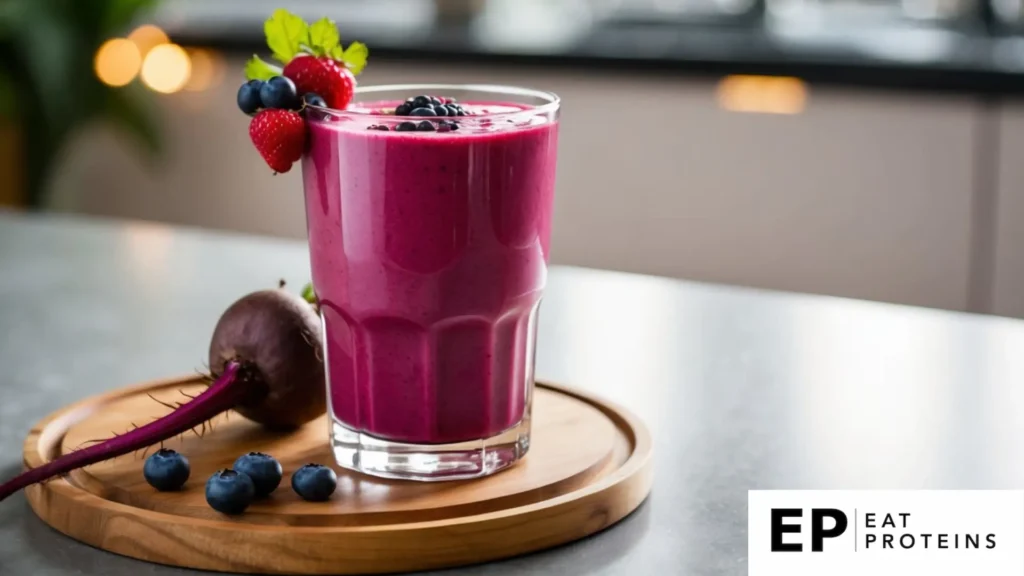
Beet and berry smoothie is a tasty pureed drink that combines earthy beets with sweet berries. It’s easy to make and packed with nutrients.
I find this smoothie simple to prepare. It takes about 5 minutes to blend all the ingredients together.
To make it, I use 1 medium cooked beet, 1 cup mixed berries, 1 banana, and 1 cup almond milk. I also add 1 tablespoon of honey for extra sweetness.
First, I chop the cooked beet into smaller pieces. Then I add all ingredients to a blender. I blend on high for 30-60 seconds until smooth.
This vibrant smoothie is perfect for those on a pureed diet. The smooth texture makes it easy to drink and digest.
I like to use frozen berries to make the smoothie cold and thick. If using fresh berries, I add a few ice cubes.
This recipe makes about 2 servings. I often enjoy it for breakfast or as a snack. It’s a great way to get vegetables and fruits in a drinkable form.
6. Spinach and Banana Smoothie
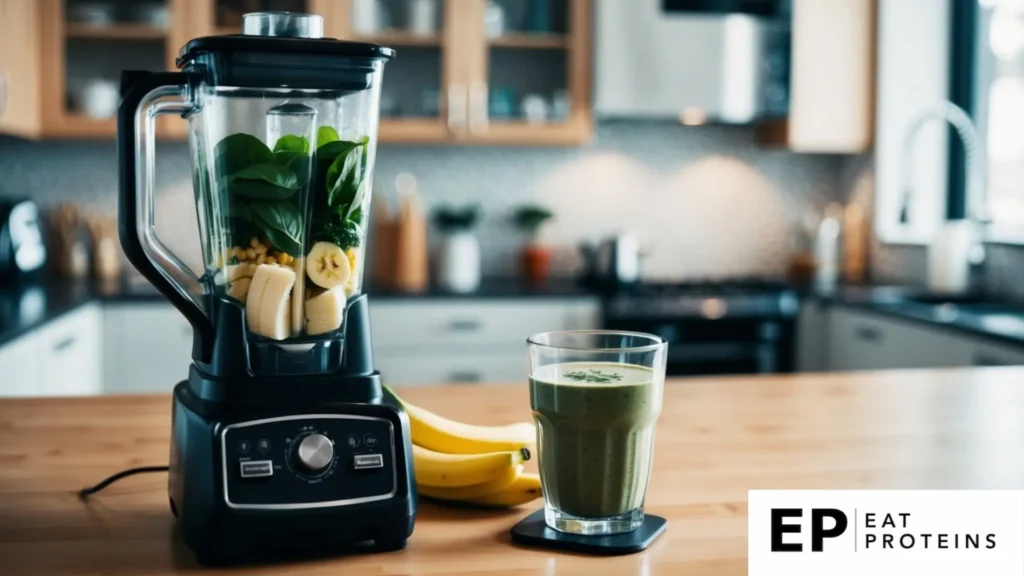
I find this smoothie to be a tasty and nutritious option for a pureed diet. It combines the mild flavor of spinach with the sweetness of banana.
This recipe is quick and easy to make. I can whip it up in just 5 minutes with a few simple ingredients.
To make this smoothie, I start by adding 1 cup of fresh spinach leaves to my blender. Next, I peel and chop 1 ripe banana.
I add the banana pieces to the blender along with 1 cup of milk or a milk alternative. For extra nutrition, I like to include 1 tablespoon of chia seeds.
Finally, I blend all the ingredients for about 30-60 seconds until smooth. The result is a creamy green smoothie packed with nutrients.
I can adjust the consistency by adding more liquid if needed. This recipe yields about 2 cups, perfect for one large or two small servings.
7. Avocado and Cilantro Dip
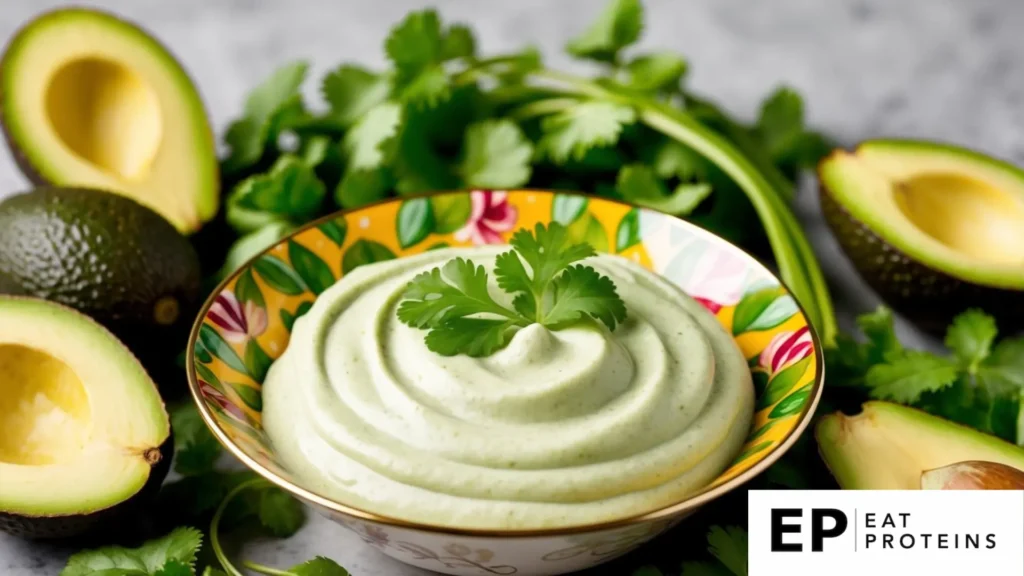
I love this creamy avocado and cilantro dip. It’s easy to make and packed with flavor. The smooth texture makes it perfect for a pureed diet.
To make it, I use 2 ripe avocados, 1/4 cup fresh cilantro, 2 tablespoons lime juice, and a pinch of salt. I blend everything in a food processor for about 30 seconds until smooth.
The dip takes just 5 minutes to prepare. No cooking is needed. I chill it in the fridge for 30 minutes before serving to let the flavors mix.
This dip is full of healthy fats from the avocado. It’s also a good source of vitamins C and K. The cilantro adds a fresh taste and extra nutrients.
I like to serve this dip with soft vegetables or as a spread on sandwiches. It can also be thinned with water to make a salad dressing. The dip stays fresh in the fridge for 2 days.
8. Pumpkin and Coconut Soup
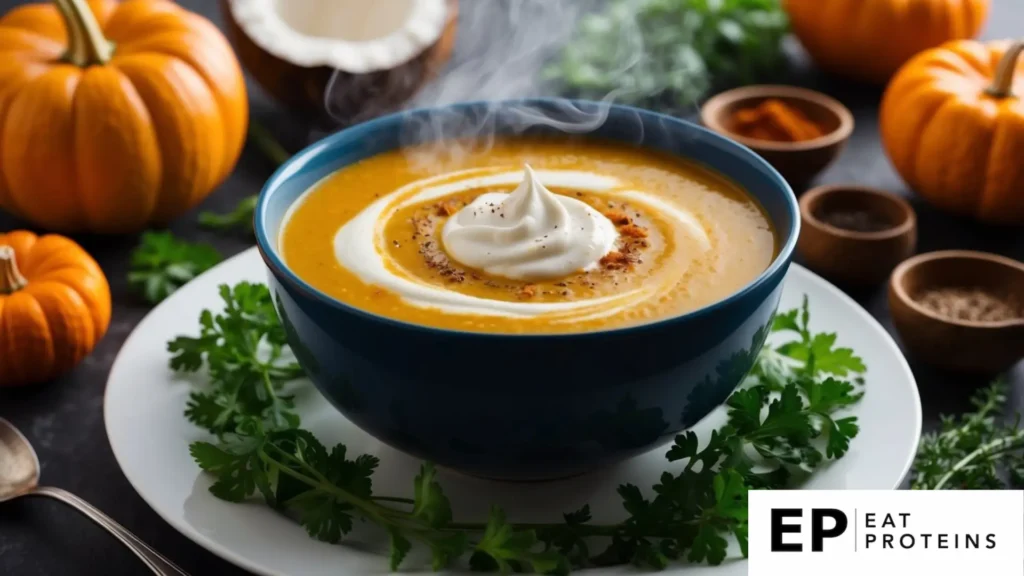
Pumpkin and Coconut Soup is a creamy, comforting dish that’s perfect for a pureed diet. It combines the natural sweetness of pumpkin with the rich flavor of coconut milk.
This soup is easy to make and requires only a few ingredients. I start by sautéing onions and garlic in a pot for about 5 minutes until they’re soft.
Next, I add pumpkin puree and vegetable broth. I let this simmer for 10 minutes to blend the flavors.
The final step is adding coconut milk and spices like cinnamon and nutmeg. I simmer everything for another 5 minutes.
Once it’s done, I blend the soup until it’s smooth. This creates a velvety texture that’s easy to swallow and digest.
This recipe is nutritious and filling. Pumpkin provides vitamin A and fiber, while coconut milk adds healthy fats.
I find this soup to be both comforting and satisfying. It’s a great option for those on a pureed diet looking for variety in their meals.
9. Green Pea and Mint Soup
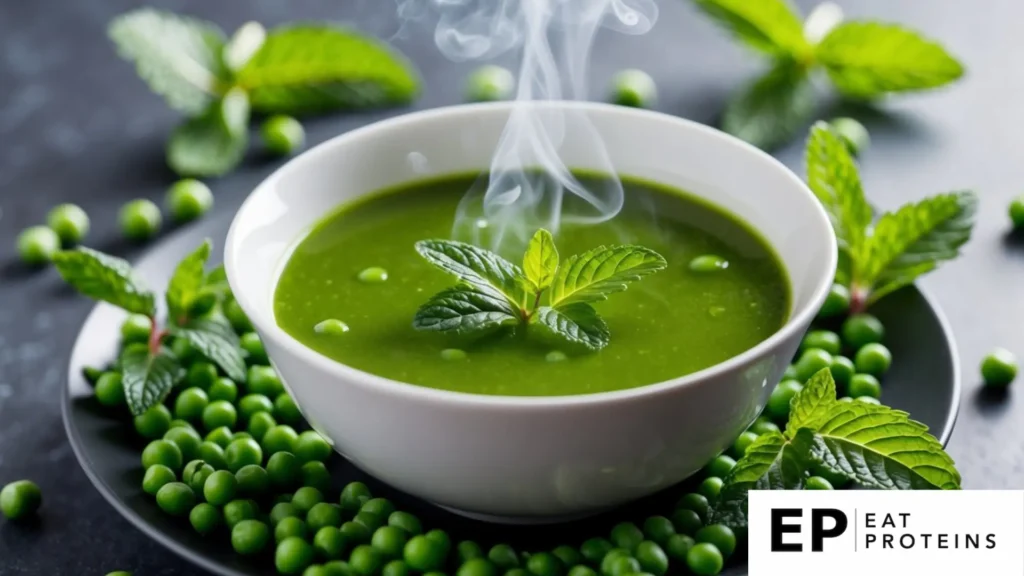
Green Pea and Mint Soup is a refreshing and nutritious pureed dish. It’s perfect for those on a soft food diet or anyone looking for a light meal.
I find this soup incredibly easy to make. It only requires a few simple ingredients and can be ready in about 30 minutes.
To start, I sauté onions and garlic in a pot for 5 minutes. Then I add frozen peas, vegetable broth, and fresh mint leaves. I let it simmer for 10 minutes until the peas are tender.
Next, I use an immersion blender to puree the soup until it’s smooth. If needed, I thin it out with a bit more broth.
Finally, I season the soup with salt and pepper to taste. For added creaminess, I sometimes stir in a dollop of Greek yogurt before serving.
This Green Pea and Mint Soup is not only tasty but also packed with nutrients. Peas are a good source of protein and fiber, making this soup both satisfying and healthy.
10. Cauliflower and Cashew Cream
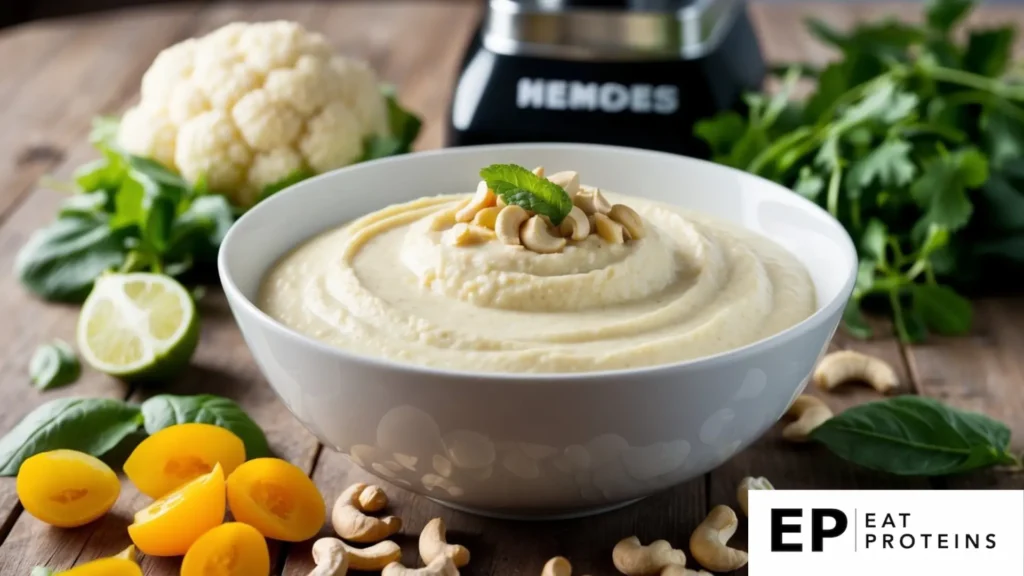
Cauliflower and cashew cream is a versatile pureed dish that’s perfect for those on a soft food diet. It’s creamy, nutritious, and easy to make.
I start by steaming 2 cups of cauliflower florets until tender, about 8-10 minutes. While that’s cooking, I soak 1 cup of raw cashews in hot water for 15 minutes to soften them.
Next, I drain the cashews and add them to a blender with the steamed cauliflower, 1/2 cup of water, 2 tablespoons of nutritional yeast, and a pinch of salt. I blend everything until it’s smooth and creamy.
The result is a velvety puree that’s rich in nutrients. It can be eaten on its own or used as a base for other dishes. I often use it as a vegan cream sauce for pasta or as a dip for soft vegetables.
This recipe is easily customizable. I sometimes add roasted garlic or herbs for extra flavor. It’s a great way to enjoy the benefits of cauliflower and cashews in a smooth, easy-to-eat form.
What Are the Nutritional Benefits of Pureed Diets?
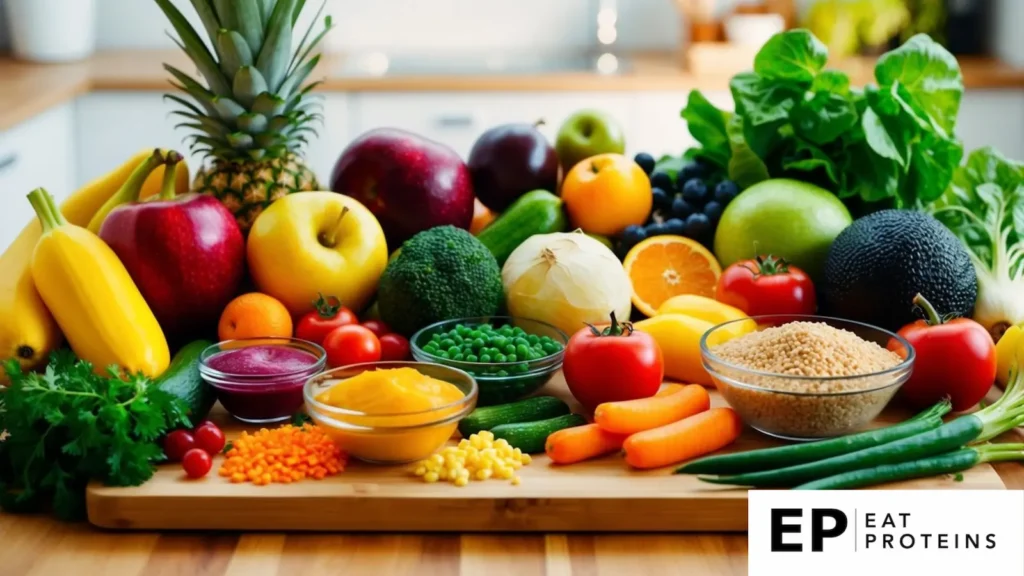
Pureed diets offer important nutritional advantages. They make it easier to get key nutrients and can help with digestion issues. Let’s look at the main benefits.
What Essential Vitamins and Minerals Are Found in Pureed Diets?
Pureed diets can provide a good mix of vitamins and minerals. I’ve found that many pureed foods are high in nutritional value. Fruits and vegetables keep most of their nutrients when pureed.
For example, pureed spinach is rich in iron and vitamin C. Pureed carrots offer lots of vitamin A. I make sure to include a variety of pureed foods to get a wide range of nutrients.
Protein is also important. I’ve learned that pureed meats and legumes can provide the protein needed for a balanced diet. Pureed yogurt and milk are good sources of calcium.
How Does a Pureed Diet Aid in Digestion?
Pureed foods are easier to digest. This is helpful for people with chewing or swallowing problems. I’ve seen how pureed diets can reduce the risk of choking.
The smooth texture of pureed foods makes them gentler on the stomach. This can help with issues like acid reflux or sensitive stomachs. Pureed fruits and vegetables are easier to break down.
I’ve noticed that pureed diets can help with nutrient absorption. The blending process breaks down food fibers. This makes it easier for the body to access and use the nutrients in the food.
What Are Some Tips for Preparing Pureed Meals?
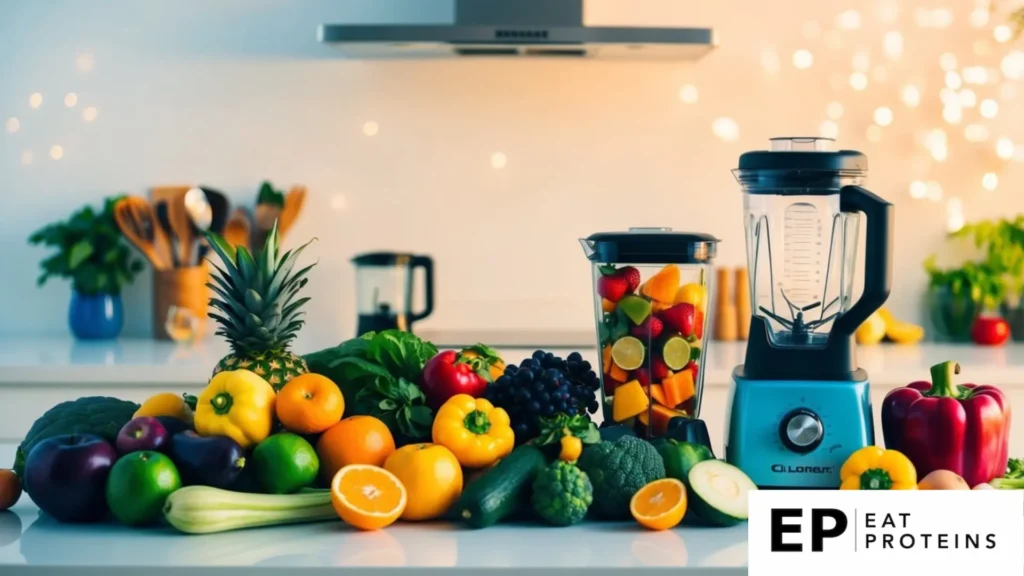
I’ve found that making tasty pureed meals takes some know-how. It’s key to pick good ingredients and blend them just right. Let me share some tips I’ve learned.
How Do You Choose the Right Ingredients for Pureed Diets?
I always start with fresh, high-quality foods. Ripe fruits and veggies work best for pureeing. I pick items that are in season for the best flavor.
Frozen foods can work too. They’re often picked at peak ripeness. I thaw them before pureeing to avoid watery results.
For meats, I choose tender cuts. Chicken breast, lean beef, and fish puree well. I cook them fully before blending.
I add herbs and spices for extra taste. Garlic, ginger, and herbs like basil or oregano boost flavor. A little goes a long way in pureed dishes.
How Can You Achieve the Right Consistency in Pureed Foods?
Getting the right texture is crucial. I aim for smooth, lump-free purees. A good blender or food processor is a must-have tool.
I start by cutting food into small pieces. This helps achieve an even blend. I add liquid slowly while blending. Water, broth, or milk can thin out thick purees.
I test the consistency with a spoon. It should be smooth but not runny. If it’s too thick, I add more liquid. If it’s too thin, I blend in some instant mashed potatoes.
Straining can help remove any bits that didn’t blend well. I use a fine-mesh strainer for ultra-smooth results.
I always check the temperature before serving. Pureed meals should be warm, not hot, to prevent burns.
How Can You Incorporate Pureed Foods Into Daily Meals?
Pureed foods can be a tasty and nutritious part of everyday meals. I’ve found some easy ways to include them in meal plans and keep them fresh. Here are my tips for making pureed foods a regular part of your diet.
What Are Effective Meal Planning Strategies for a Pureed Diet?
I like to start by tailoring pureed recipes to fit specific needs. I choose nutrient-dense ingredients that blend well, like avocados, sweet potatoes, and Greek yogurt. These add flavor and nutrients to pureed meals.
I often make big batches of pureed foods and freeze them in portions. This saves time during busy weeks. I also mix pureed foods into regular meals. For example, I’ll add pureed carrots to pasta sauce or blend fruits into smoothies.
It’s important to vary textures and flavors. I combine smooth purees with soft, mashed foods for interest. And I use herbs and spices to keep meals exciting.
What Are the Best Storage and Reheating Tips for Pureed Foods?
Proper storage keeps pureed foods safe and tasty. I use airtight containers and label them with contents and dates. Pureed foods last 3-4 days in the fridge or up to 3 months in the freezer.
For freezing, I use ice cube trays or small freezer bags. This makes it easy to thaw just the right amount. When reheating, I stir often to heat evenly and add liquid if needed.
I always check the temperature before serving. Pureed foods should be steaming hot all the way through. If microwaving, I let the food sit for a minute to even out hot spots.
Incorporating key nutrients is crucial. I often add skim milk powder to boost protein and calcium in pureed dishes. This simple step improves the nutritional value of meals.
